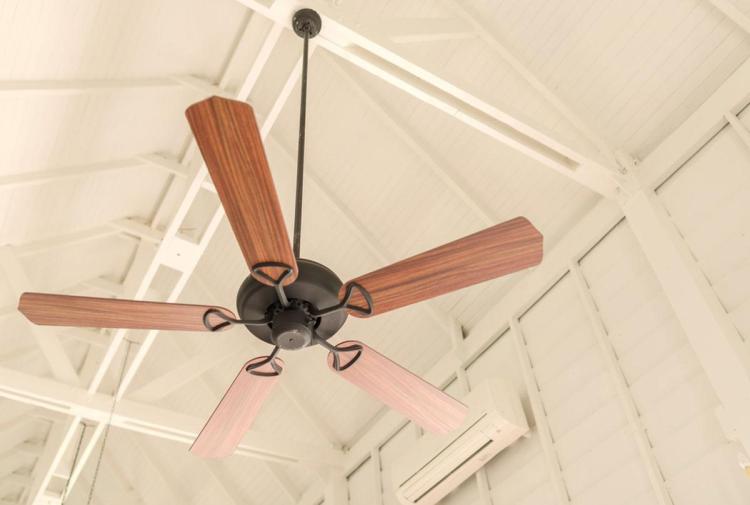How do installers manage ceiling fan installation costs?
Jul/30/2024 18:18:28

Ceiling fan installation costs are an important consideration for many homeowners. Understanding how installers manage these costs can help you make informed decisions. Here we explore the various aspects of installing ceiling fans and how to determine and manage the cost.
Pre-consultation and assessment
The process starts with a pre-consultation and assessment. Installers will visit your home to assess the space where the fan will be installed. They consider factors such as ceiling height, electrical wiring and room layout. This will help them estimate the time and materials needed.
Ceiling fan installation quote
After the estimate, the installers make an offer. This offer includes labor, materials and all additional services. It's a detailed breakdown so you know exactly what you're paying for. Some companies may offer a fixed fee, while others charge based on the complexity of the work.
Factors Affecting Cost
There are several factors that affect the cost of installing a ceiling fan. The type of ceiling fan, the height of the ceiling and the existing electrical configuration are crucial. A simple replacement of a standard ceiling is usually less expensive than installing a new fan in a high ceiling or room without wiring.
Labor Costs
Labor is a major part of ceiling fan installation costs. Professional electricians or installers charge for their time and expertise. Prices may vary by region and installer experience. For complex installations, labor costs may be higher because it requires additional time and effort.
Material costs
Materials also affect total costs. This includes the ceiling fan itself, mounting brackets, screws and electrical components. Advanced fans with advanced features such as remote control or smart home integration will naturally cost more. Installers may also charge for any additional materials needed to ensure a safe and secure installation.
Additional services
Sometimes additional services are required. This may include updating the electrical wiring, installing new switches, or strengthening the ceiling to support the fan. These services add to the cost of installing a ceiling fan, but ensure the safe and efficient operation of the fan.
Managing Unexpected Costs
Installation can incur unexpected costs. For example, if the existing wiring is outdated or damaged, it must be replaced. Professional installers are prepared for these situations and will discuss any additional costs with you before proceeding.
Offering transparent pricing
Reputable installers make transparent pricing a priority. They provide detailed quotes and keep you informed throughout the process. This helps manage expectations and avoid surprises in the final bill.
Offering Packages and Discounts
Some installers offer packages that include a ceiling fan and installation at a discounted price. These packages can be cost effective. In addition, promotions or seasonal discounts may be available to reduce the cost of installing a ceiling fan.
Payment options
Installers often offer flexible payment options. You may be able to pay in installments or take advantage of financing options. Discussing these options with your installer will help you more effectively manage your ceiling fan installation costs.
DIY vs Professional Installation
Although DIY may seem like a way to save money, it's not always the best option. Professional installers ensure that the fan is installed correctly, reducing the risk of damage or injury. Ceiling fan installation costs cover the peace of mind that a professional service brings.
Post-installation support
Professional installers offer post-installation support. If there are problems, they are there to solve them. This allowance is often included in the cost of installing the ceiling fan, ensuring that you are compensated even after the work is done.
Long-term savings
Investing in professional installation can lead to long-term savings. A properly installed ceiling fan will work efficiently and last longer. This reduces the need for repair or replacement, making the initial installation of a ceiling fan a profitable investment.
Conclusion
Ceiling fan installation costs are managed through a combination of initial estimates, transparent pricing and professional service. By understanding these cost factors, you can make better decisions and ensure that your ceiling fan is installed safely and efficiently. Whether you choose a basic model or an advanced fan, you know what to expect, can manage your budget and enjoy the comfort of a well-installed ceiling fan.
Posted by Anonymous




